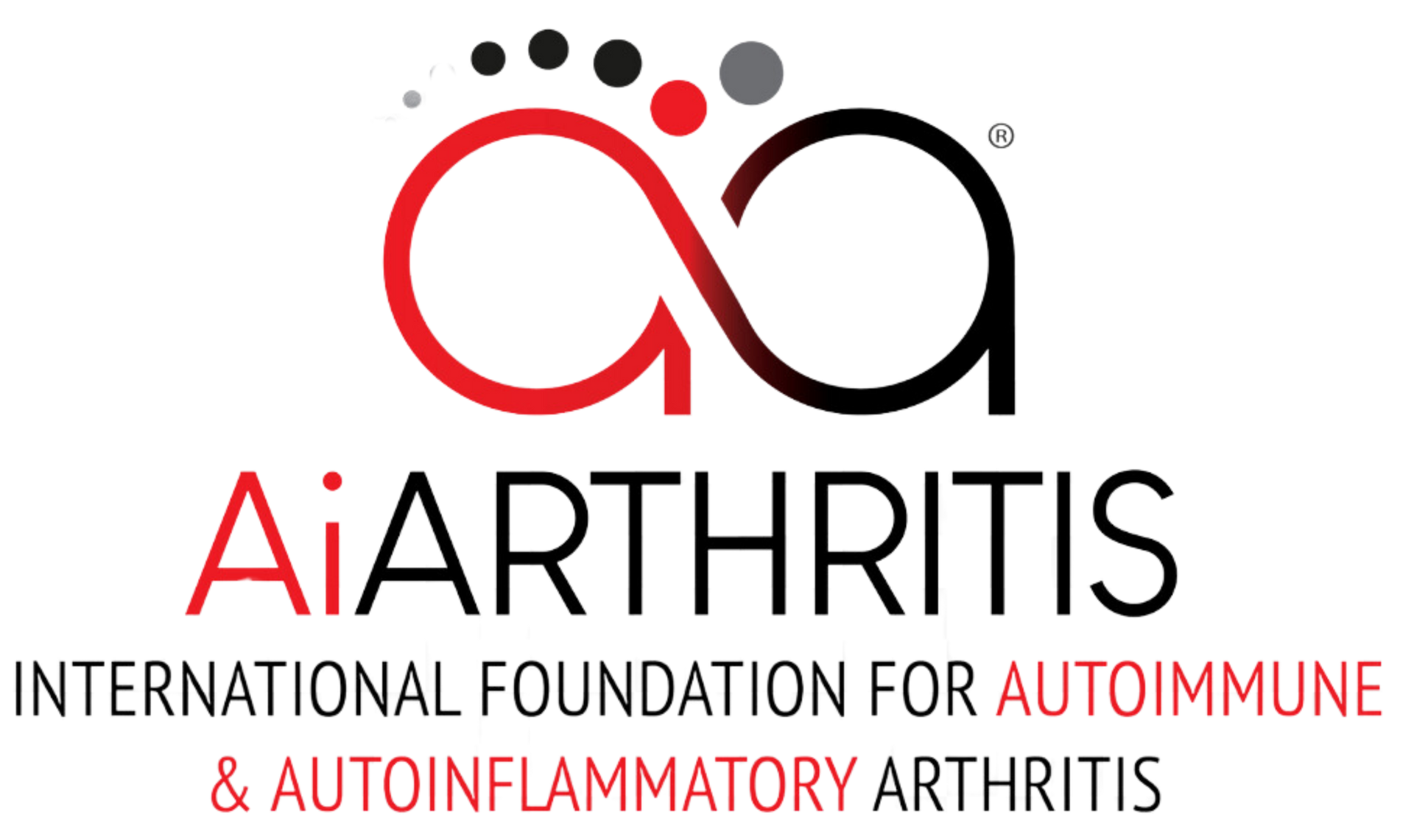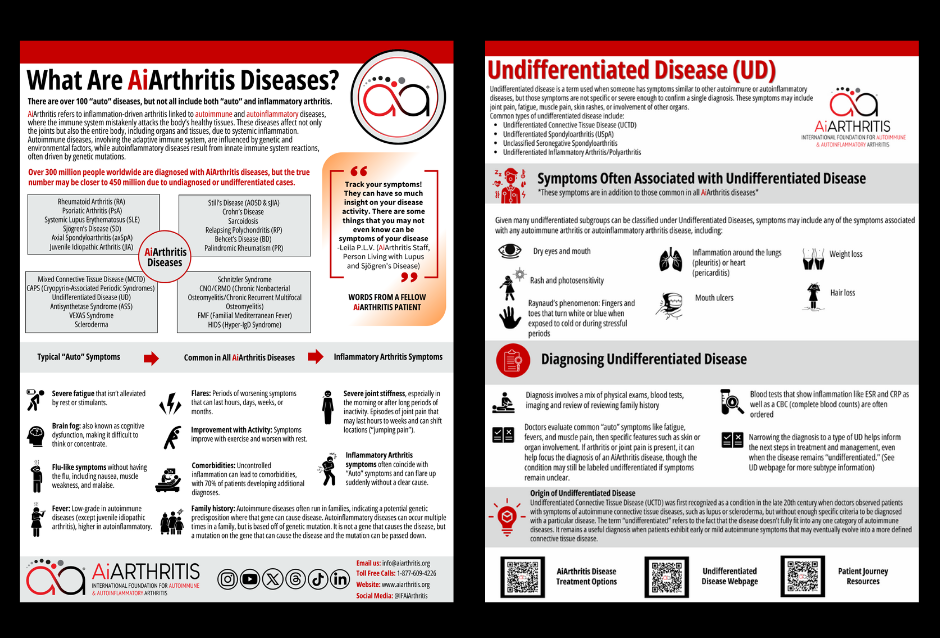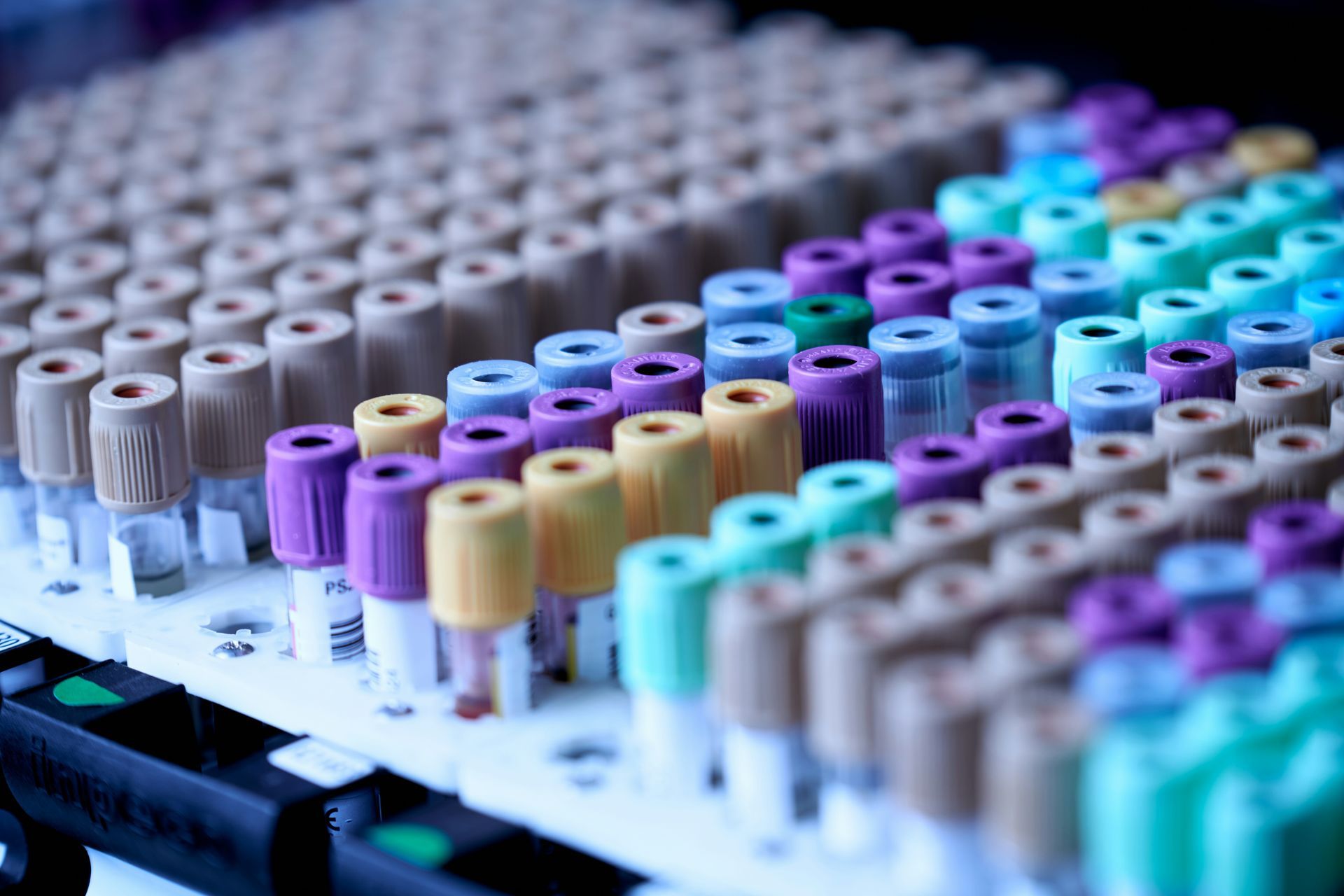Palindromic Rheumatism (PR) is a rare form of inflammatory arthritis characterized by sudden, recurrent attacks of joint pain and swelling that come and go without causing lasting damage to the joints. The term "palindromic" refers to the pattern of symptoms appearing, disappearing, and then reappearing in a similar manner.
Palindromic Rheumatism (PR) can have a variable course. Some people may experience periods of remission where the symptoms disappear entirely for a time, but the condition tends to be chronic and recurrent. In some cases, PR can progress to more severe forms of arthritis, such as rheumatoid arthritis (RA), which can have more serious long-term health implications.
The exact cause of PR is unknown, but it is believed to be an autoimmune disorder where the immune system mistakenly attacks healthy joint tissues. Genetic factors, hormonal influences, and environmental triggers may play a role in the development of PR.







